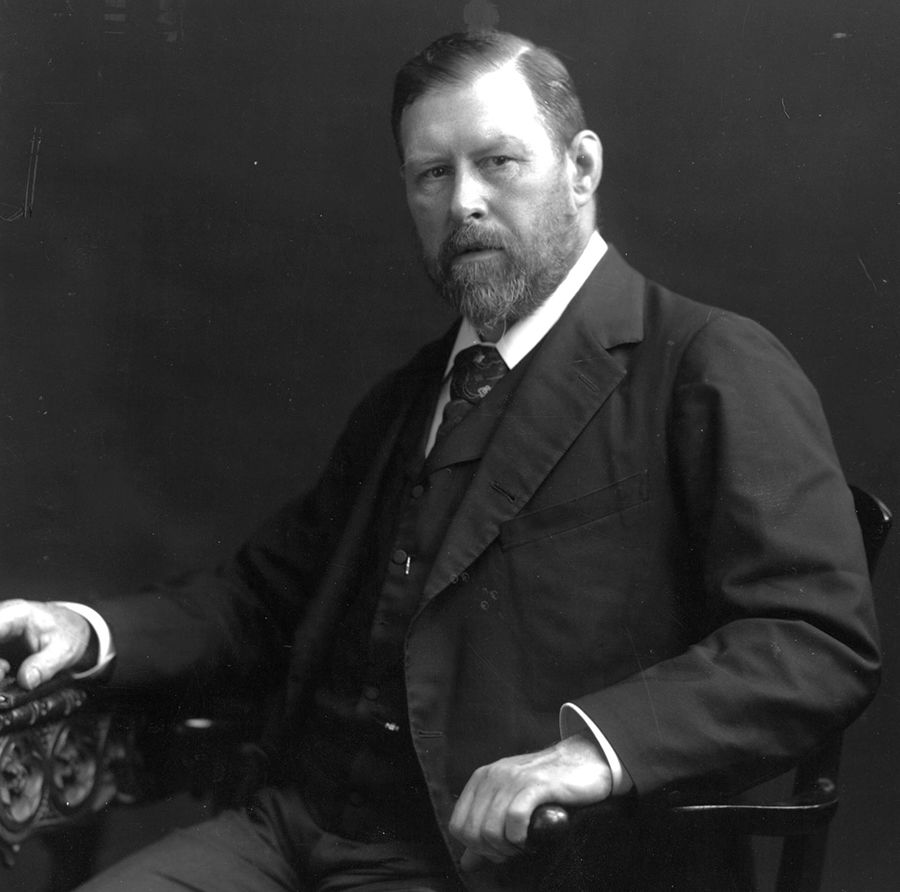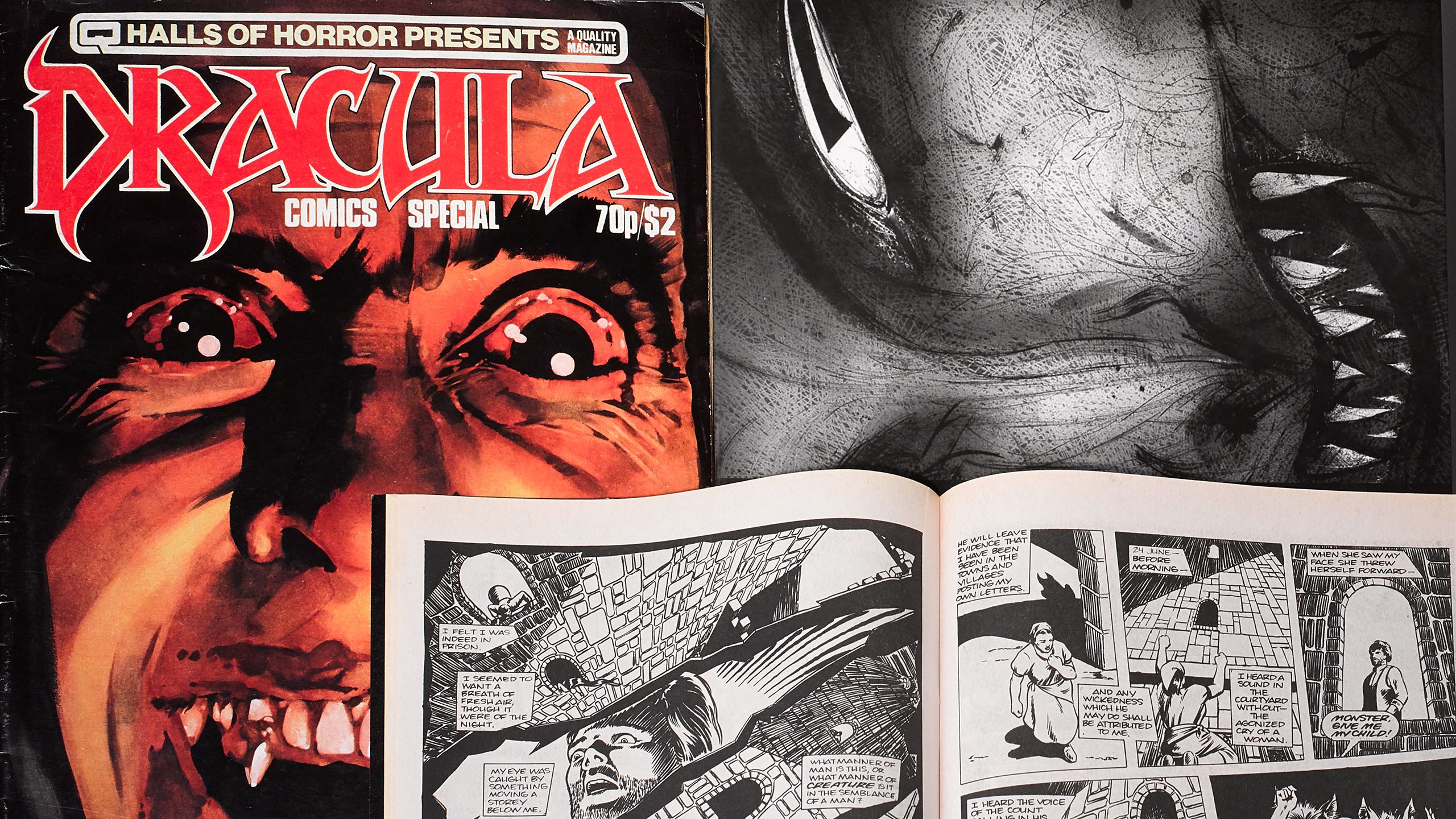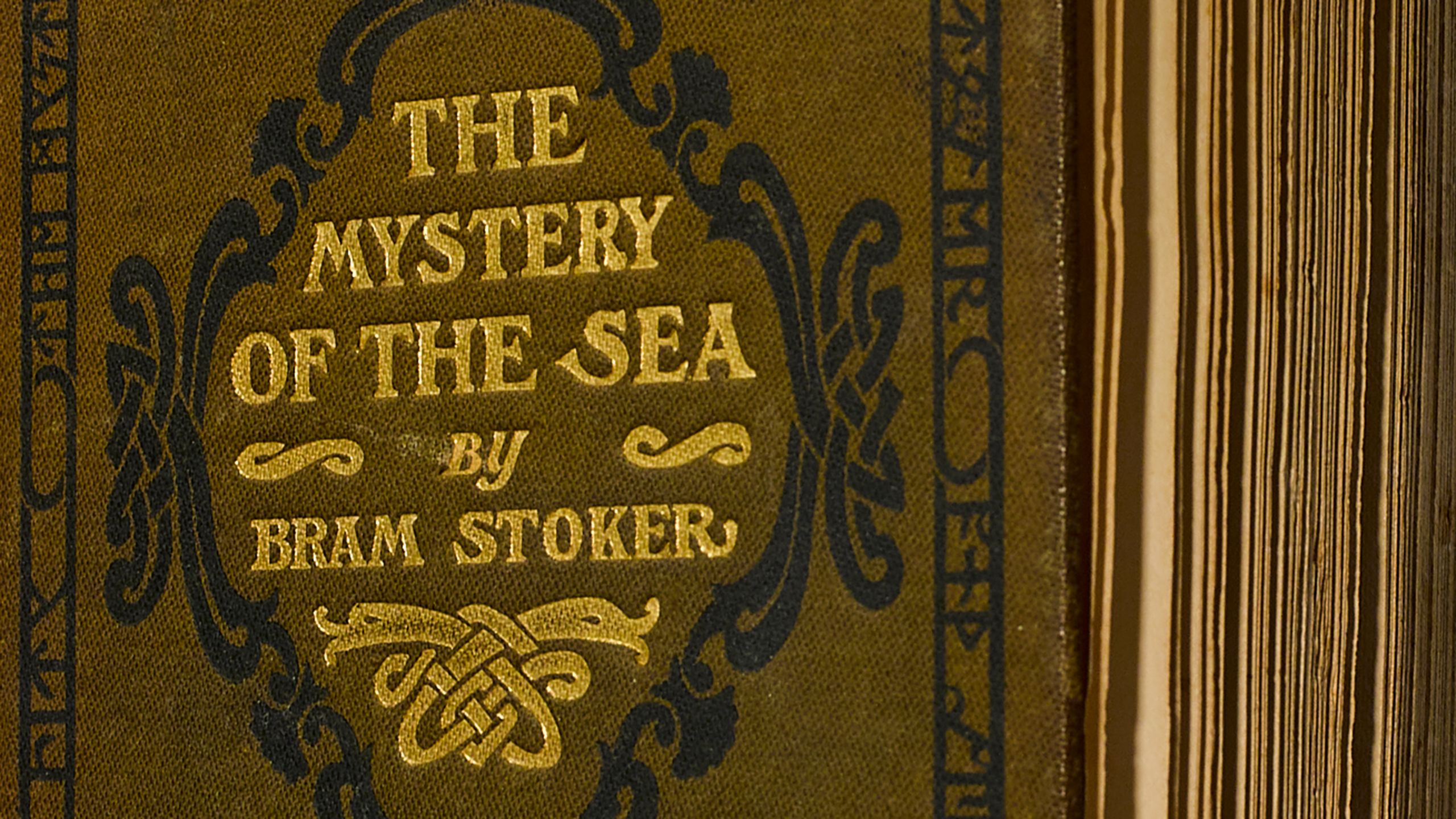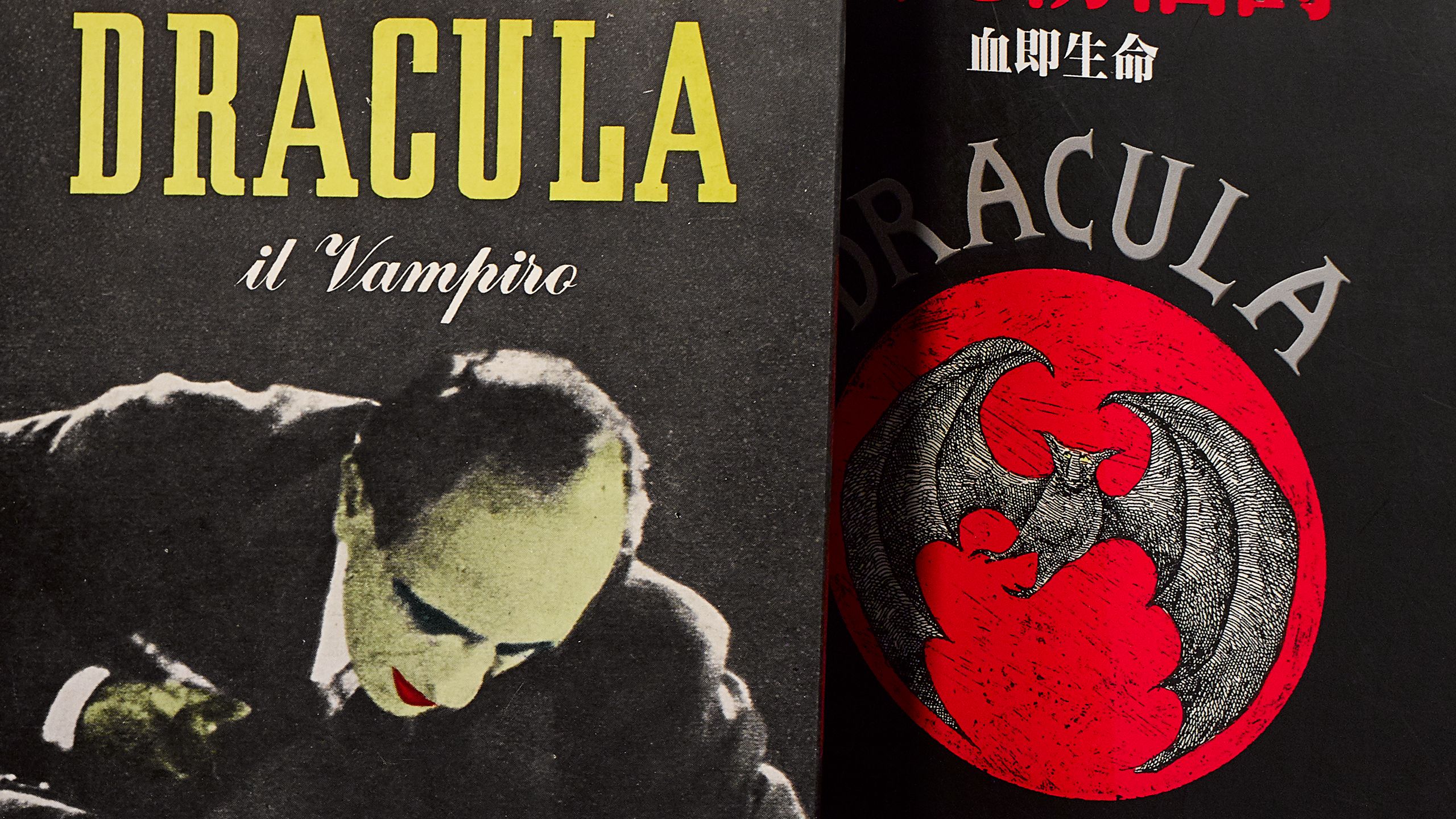The vampire in the library (COPY)
Bram Stoker collection celebrates his literary immortality at Emory’s Rose Library
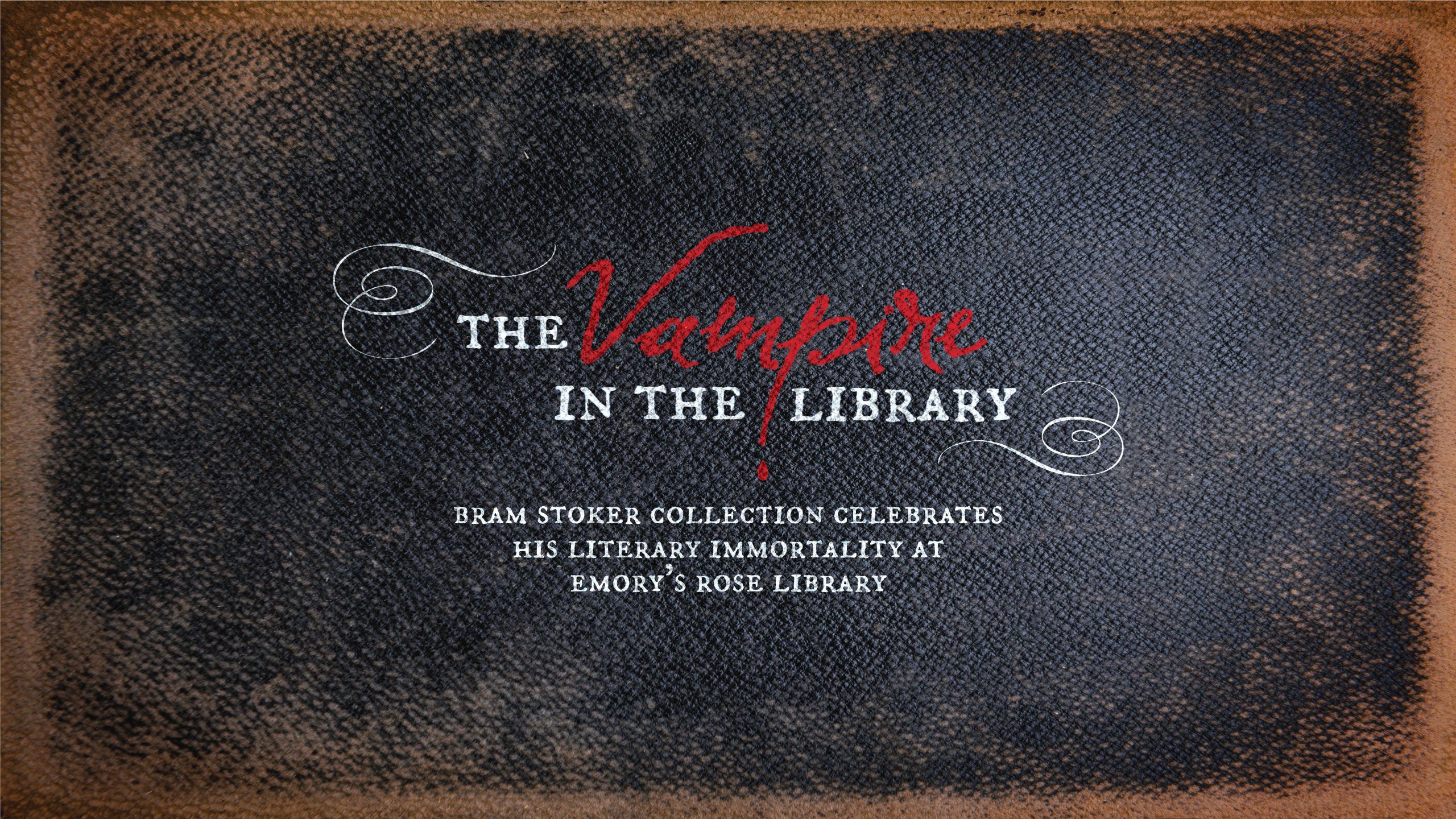
The handwriting that threads through the letters, playscripts and dedications is from a bygone time, yet is often surprisingly crisp and clear. Its spirit is so strong that the reader feels instantly transported to a previous century, suddenly alone with the brilliant writer whose immortal novel inspired nearly all the vampire stories to come after it.
That sensation awaits those who visit the Stuart A. Rose Manuscript, Archives, and Rare Book Library’s collection of Bram Stoker materials. The 19th century Irish author wrote 18 books, including 12 novels, but is most famously known for “Dracula.”
Some have described these items as the most comprehensive collection of Stoker materials in the world.
Rose Library obtained the collection, meticulously collected and preserved by private collector John Moore of Dublin, Ireland, from a book dealer in Galway. The massive literary haul includes approximately 1,500 books, mostly 19th and early 20th century Stoker texts, inscribed association copies, correspondence, manuscripts, playbills and other ephemera and photographs.
Beth Shoemaker, Rose Library’s rare book librarian at the time of the acquisition, said Moore spent about 40 years tracking down every authentic rare book and document by and about Stoker and “Dracula” that he could find. International interest in the collection is strong, and although Moore has exhibited it and allowed a select number of scholars and authors under contract to visit the materials in his home, Moore felt it was time to place this collection with a major academic library that has the ability to provide broader accessibility.
The collection contains manuscripts, both published and unpublished; correspondence; first edition books, many inscribed by Stoker to friends; and “Dracula” first edition translations, including in Japanese, French, Gaelic and Icelandic.
It also includes artwork, movie posters and books and other materials on spirits and vampirism that Stoker was known to have used as research for “Dracula” and other books he wrote.
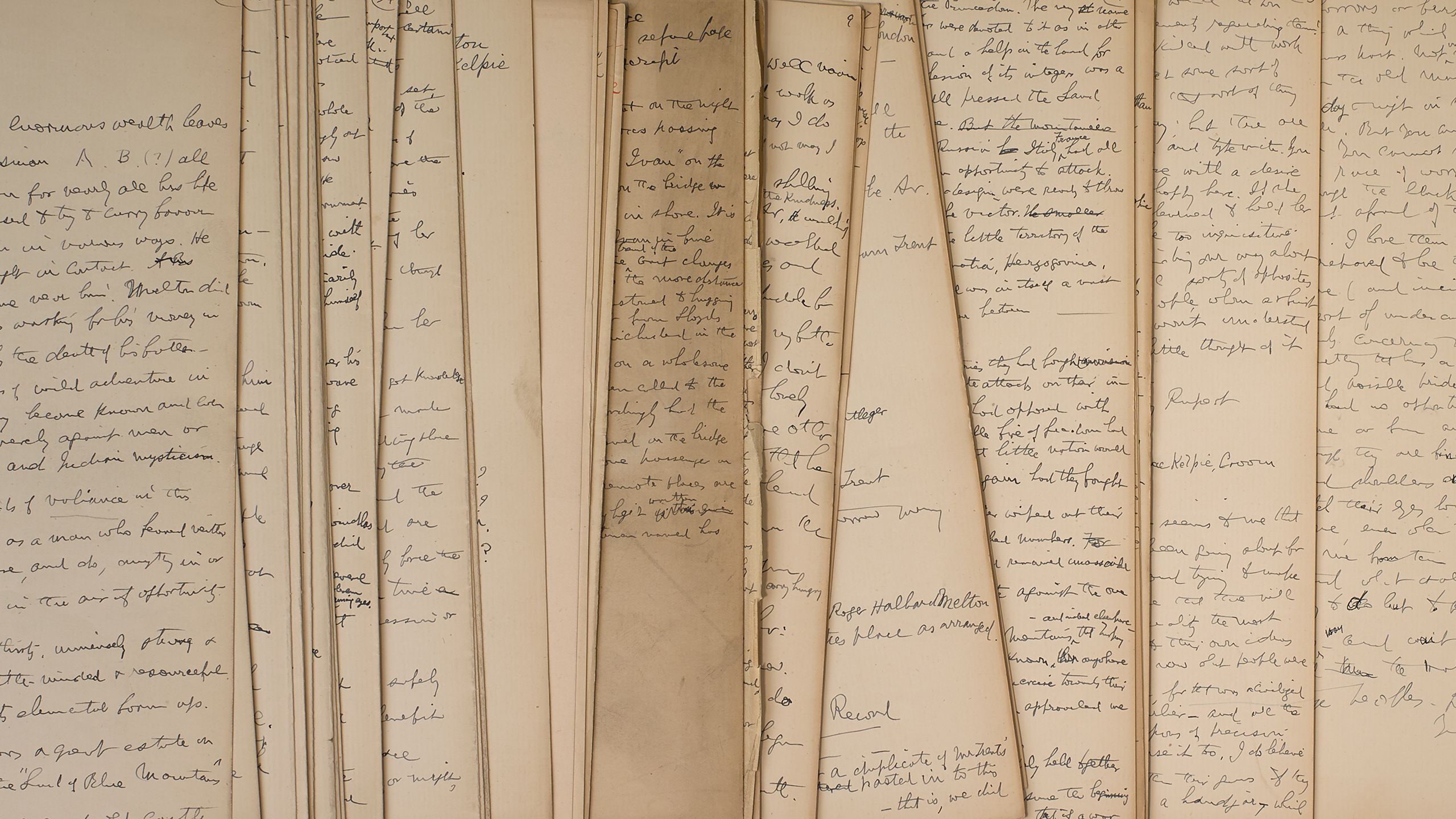
Stoker and the enduring impact of “Dracula”
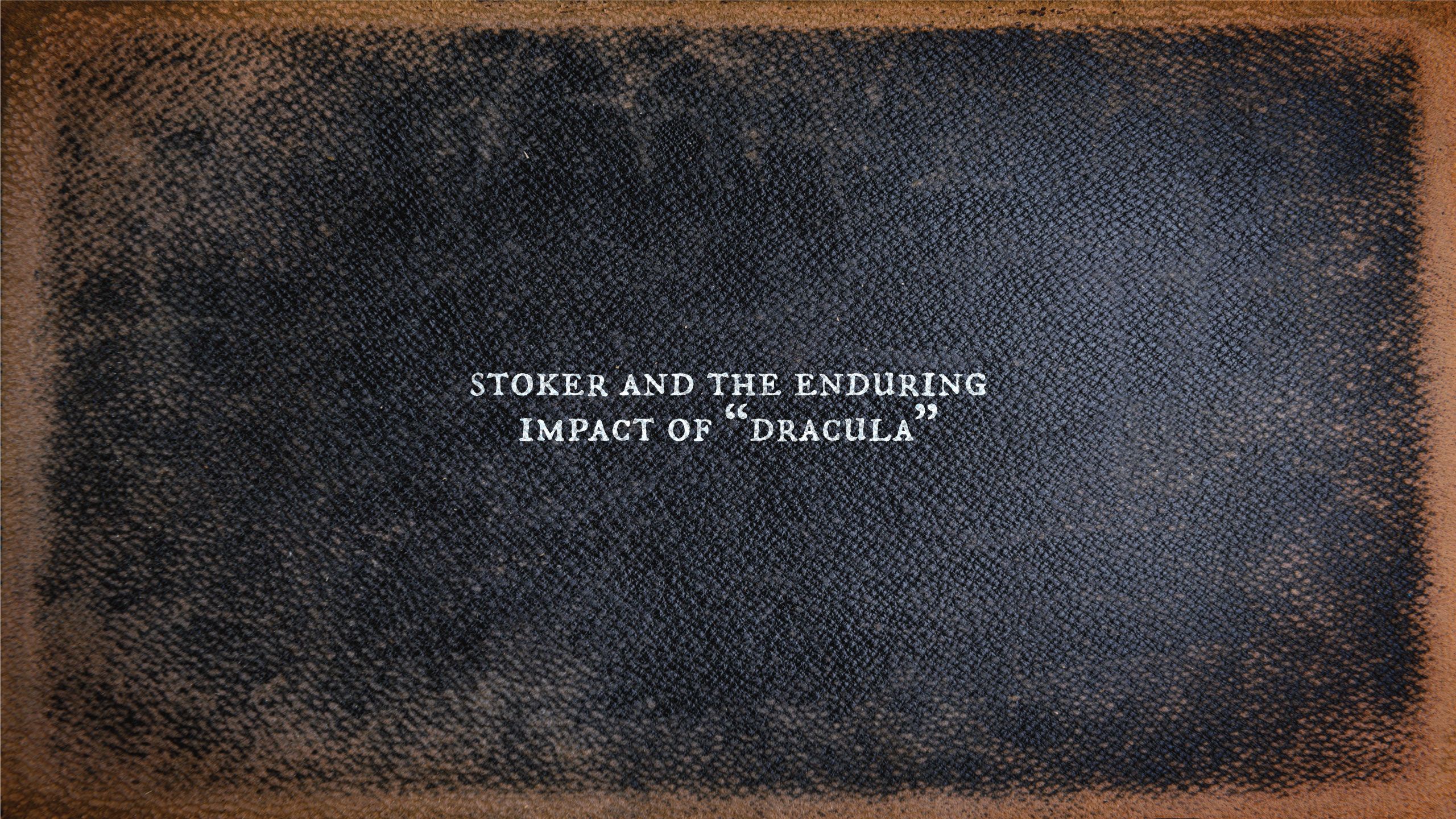
Abraham “Bram” Stoker was born on Nov. 8, 1847, in Clontarf, Ireland, a suburb of Dublin. The third of seven children, he overcame an early childhood illness and later became a successful athlete at Trinity College at the University of Dublin. After graduation, he joined the Irish Civil Service, which gave him the chance to travel, and later worked as a part-time theater critic in Dublin and London.
His positive reviews of the Dublin performances of famous actor and theater manager Henry Irving led to a friendship and an offer in 1878 for Stoker to join Irving at London’s Lyceum Theatre as the acting manager and then business manager. Stoker accepted, and their close association lasted 29 years, until Irving’s death in 1905.
During this time, he began writing short stories and working on novels. “Dracula,” published in 1897, was his fifth novel. He wrote four nonfiction books, including a two-volume reminiscence of Irving.
Perhaps surprisingly, the master of horror also wrote eight fairy tales for children, published in 1881 in a book titled “Under the Sunset.”
Stoker spent years researching vampirism while writing “Dracula,” and copies of texts that he was known to have consulted as part of his early research are included in this collection, such as early print materials on vampirism, broadsides from related theater performances, and similar materials.
With “Dracula,” Stoker wanted to reach the masses rather than limit his work to a wealthy audience. Circulation of the novel included the yellowback market, which enabled him to reach the working class and contributed to the spread of its popularity. Yellowbacks, with their yellow covers, were cheap, sensational novels sold in railway stalls.
The Dracula story has been made into plays, films, operas and ballets. Interest in vampire culture has remained persistent throughout the 20th and 21st centuries, with a noticeable spike in more recent years. Vampire-themed books have surged, with two young-adult series, “Twilight” and “Vampire Diaries,” becoming a hugely popular movie franchise and a TV series, respectively.
The popular “Buffy the Vampire Slayer” TV series (1997-2003) reached a level of success that far surpassed the 1992 movie it was based on. “Dark Shadows,” the American gothic soap opera that ran in the late 1960s, inspired a remake in the 1990s and a movie in 2012.
In the film industry, notable retellings of “Dracula” have included everything from the classic 1931 Bela Lugosi version, to a 1979 remake with Frank Langella and Laurence Olivier, to a 1992 reworking with Gary Oldman, Winona Ryder, Keanu Reeves and Anthony Hopkins.
The enduring appeal of “Dracula” can be attributed in part to the themes running through it that still resonate today.
These include the battle between good and evil, science and religion, female innocence and sexual assertiveness, madness and reality, and modern knowledge and the “old” ways, among others. Items in the Stoker collection will give students, faculty and researchers many avenues to explore.
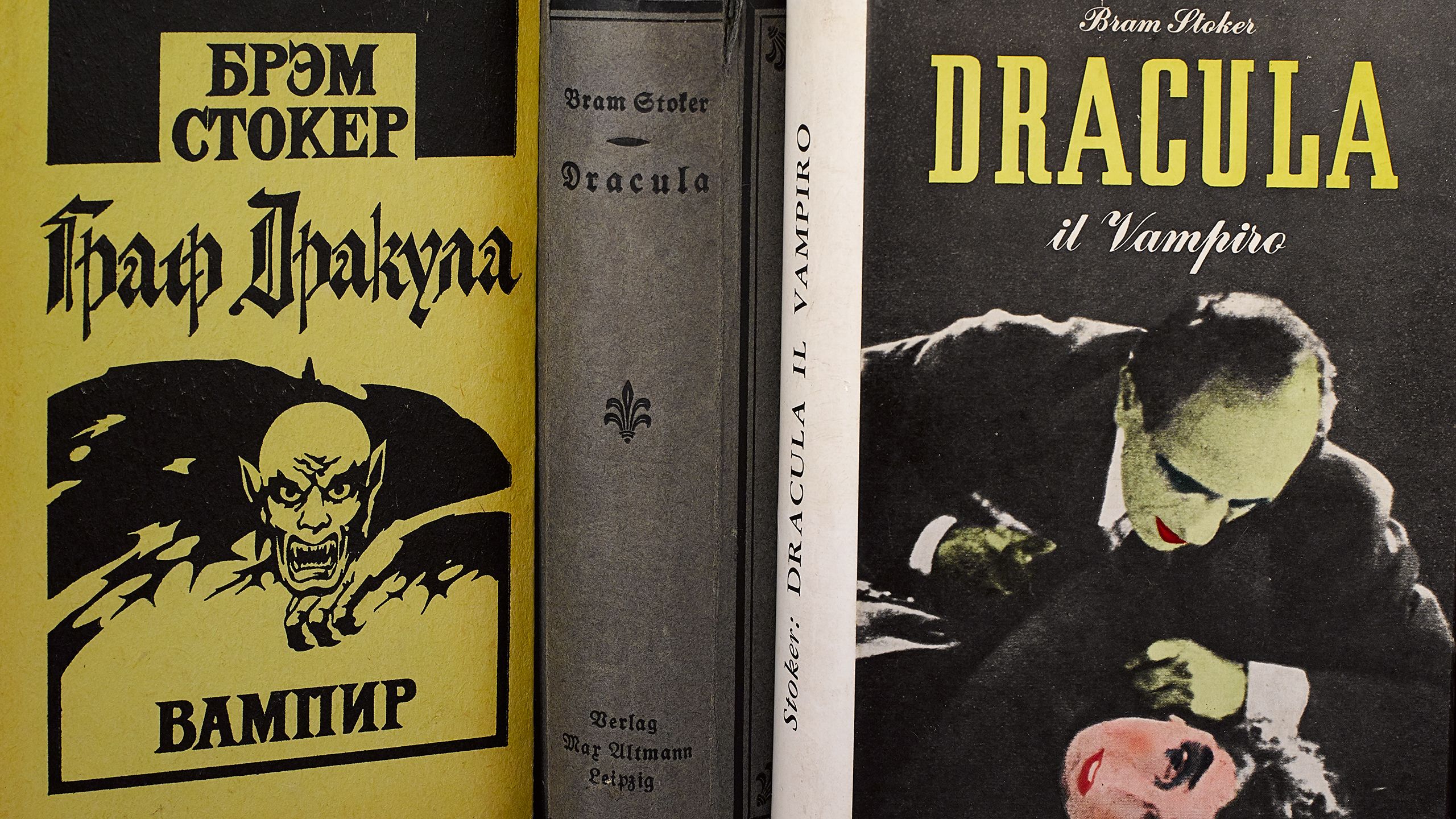
Highlights in the collection
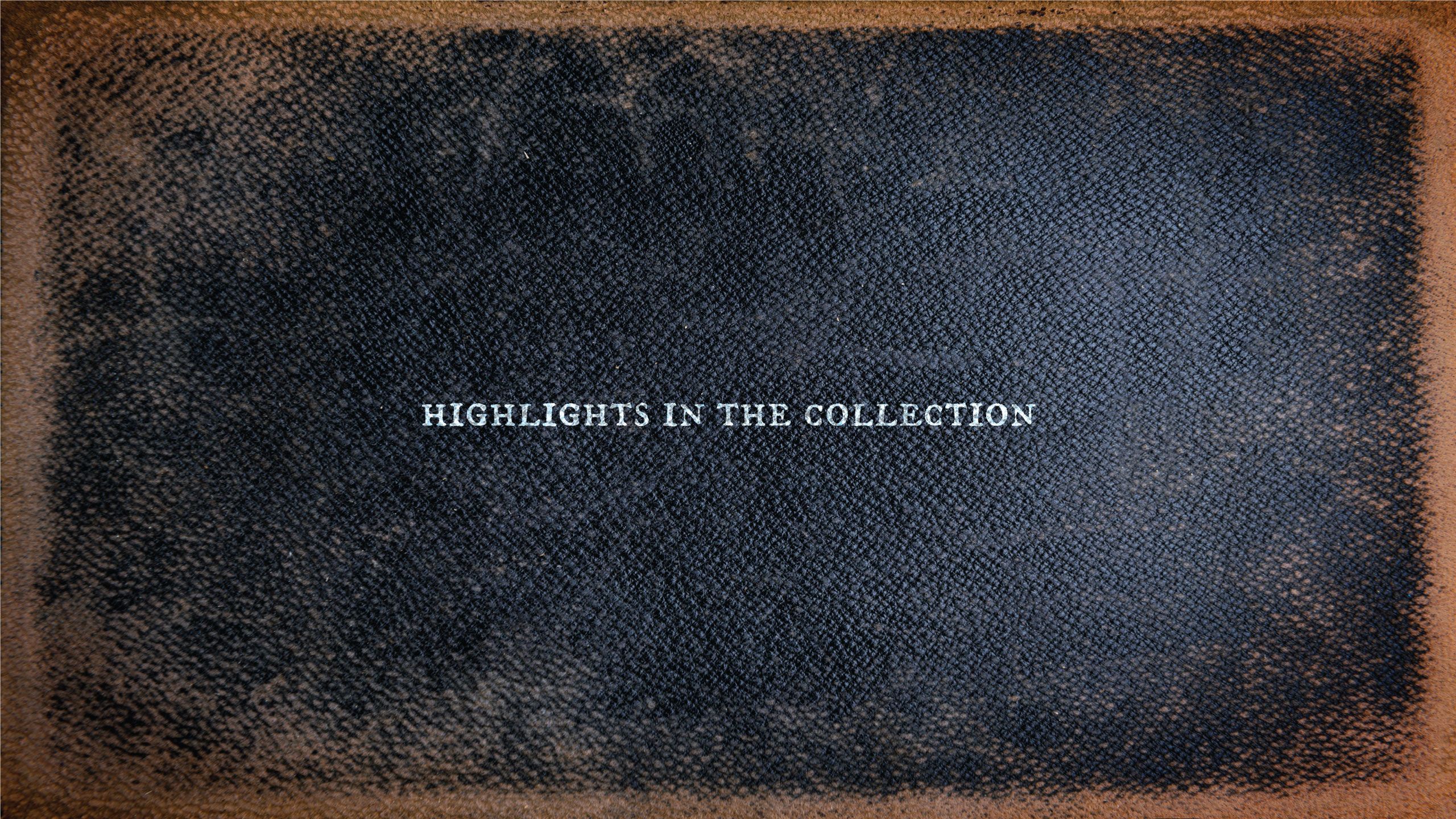
The Stoker collection is extensive, containing nearly 4,000 items and approximately 1,500 books, mostly 19th and early 20th century Stoker texts, correspondence, manuscripts, playbills and other ephemera, photographs and original artwork. Also included are movie posters, vampire-themed board games and comic books.
Stoker’s other books are also part of the collection, including “The Mystery of the Sea” (1902), “The Jewel of Seven Stars” (1903), “The Lady of the Shroud” (1909), and “The Lair of the White Worm” (his final book, published in 1911 only months before he died in London in April 1912).
As a complement to the collection, there is a manuscript for “The Lady of the Shroud” that is in nearly pristine condition, a gift from Stuart Rose, an Emory University alumnus for whom the Rose Library is named. The library staff digitized that manuscript to make it widely available online to scholars.
Among the collection’s books are copies of the short story series “Dracula’s Guest,” including its 1914 first edition and a 1927 souvenir edition that was presented to guests who attended the 250th theater performance of “Dracula.”
Jennifer Gunter King, who was director of the Rose Library when the collection was acquired, said students and faculty in history, English and creative writing, film and media, theater studies, Irish Studies, sociology and other fields would benefit from researching in the Stoker collection.
“There is such a wealth of information and inspiration in the Bram Stoker collection that call to many interdisciplinary fields,” noted King, who worked for more than three years to spearhead the acquisition. “Different kinds of research will come out of the use of this collection for many years to come.”
The Stoker collection intersects with multiple other Rose Library collections, such as:
- Irish literature and poetry collections, particularly its subthemes of mysticism and the occult, and Irish theater materials, as reflected in some of W.B. Yeats’ papers and the records of Dublin’s Abbey Theatre, another collection the Rose Library holds;
- Late 19th century collections, such as the Topp yellowbacks collection; and
- Early 20th century materials in the Raymond Danowski collection.
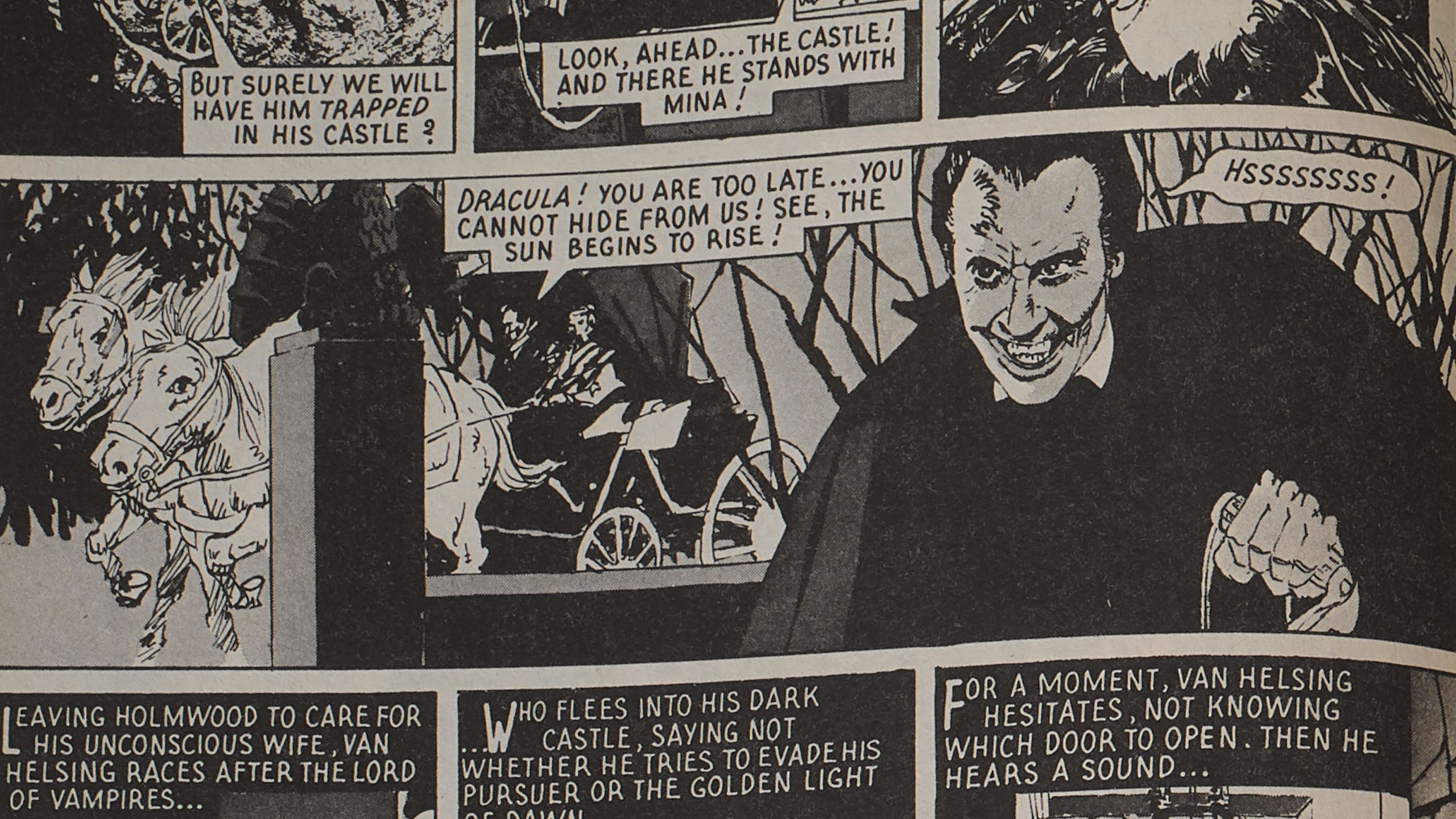
Collection uses in the classroom
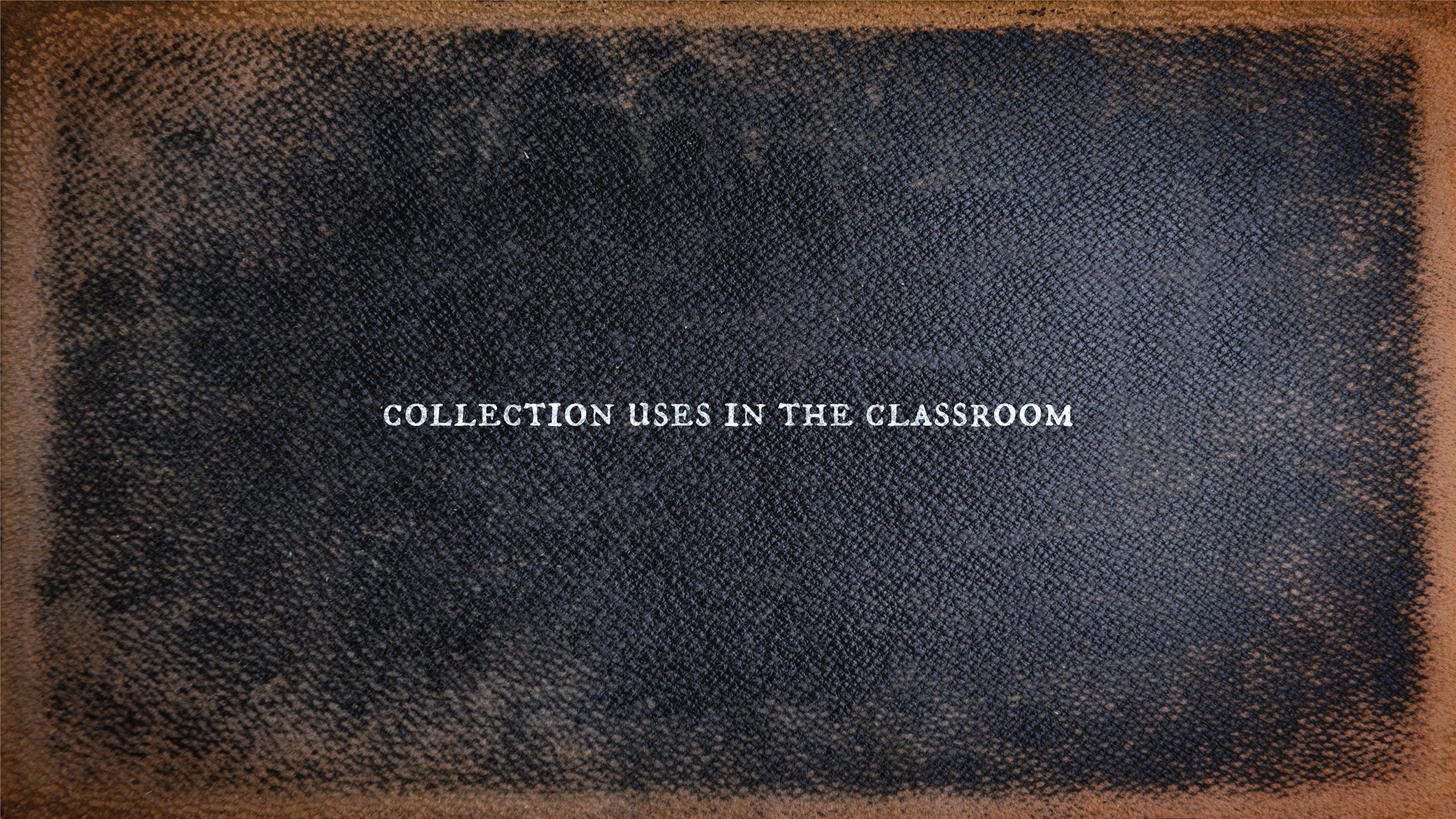
Michele Schreiber, associate professor and chair of the Department of Film and Media, says the Stoker collection provides exciting research value for students and faculty in her department. Classes on the horror genre are frequently offered, as are courses on film adaptation.
The Stoker collection gives both student and faculty researchers a chance to interact directly with valuable original source material.
“We definitely like to emphasize primary research in many of our classes, so to have those materials accessible to students is really a phenomenal opportunity,” Schreiber explains.
“The same applies to faculty, particularly for those working on adaptation or in the horror genre. When you’re doing any kind of archival research, to see the original materials and see where the ideas came from adds another layer to any sort of research project.”
One course focusing on the Bram Stoker collection was co-taught by Sheila T. Cavanagh, professor of English and director of The Emory Women Writers Resource Project, and Joonna Trapp, senior lecturer in English and director of the Emory Writing Program.
Students studied the writer’s life as he wrote “Dracula” while working at the Lyceum Theatre, and how the novel grew to have a wide influence on literacy, cinema and popular culture.
Cavanagh said the class appealed to students who have an interest in Irish literature, 19th century literature, archival work, public humanities, theater history and other related fields.
“Because Stoker’s life and writing career are so rich and appeal to so many disciplines, students will be able to build their own projects according to their own interests,” Cavanagh said.

Future work with the collection

Donors play a crucial role in both acquiring and processing collections. Stuart Rose was instrumental in bringing the Stoker collection to the library’s attention and helping to secure it for Emory, in addition to donating the previously mentioned “The Lady in the Shroud” manuscript.
“Without the help of donors, we would not be able to acquire these significant collections or take proper care of them after the fact with processing, cataloging, digitizing, preserving and making them accessible to researchers, students, faculty and the public,” King said at the time. “Donors are crucial to all stages of the process in order to reach our goal, which is to get these materials that are in the hands of a few into the hands of many.”
Processing the vast collection, cataloging and digitizing items to make more of the materials accessible to researchers all over the world, takes intensive effort.
“The value in placing a collection like the Stoker collection in a library like Emory’s is the care that the library staff provides,” King added. “Through that care, this once privately held collection will be publicly available and accessible to generations who will want to engage with one of Ireland’s most widely read and influential authors.”
Researchers interested in delving into the collection and exploring the materials can request books via the Emory Libraries catalog or view them in the Rose Library’s reading room.
Researchers interested in correspondence, photographs and other manuscript materials can learn more from the John Moore Bram Stoker Collection finding aid. Researchers can arrange to view the collection by registering here and making an appointment. Detailed instructions for registering and requesting materials can be found on the Rose Library website.
Fun facts
- “Dracula” has been in print continuously since it was first published in 1897.
- The book has been translated into at least 29 different languages, including Arabic. Its Icelandic translation is a different version of the story, according to a story in Smithsonian magazine.
- World Dracula Day is May 26, the same day the book was first published. (If you can’t wait that long, National Vampire Day is March 10.)
About this story: Originally published Oct. 20, 2021. Updated Oct. 30, 2025. Story by Maureen McGavin. Photos of Bram Stoker collection materials by Paige Knight, courtesy of Emory Libraries. Design by Laura Dengler.
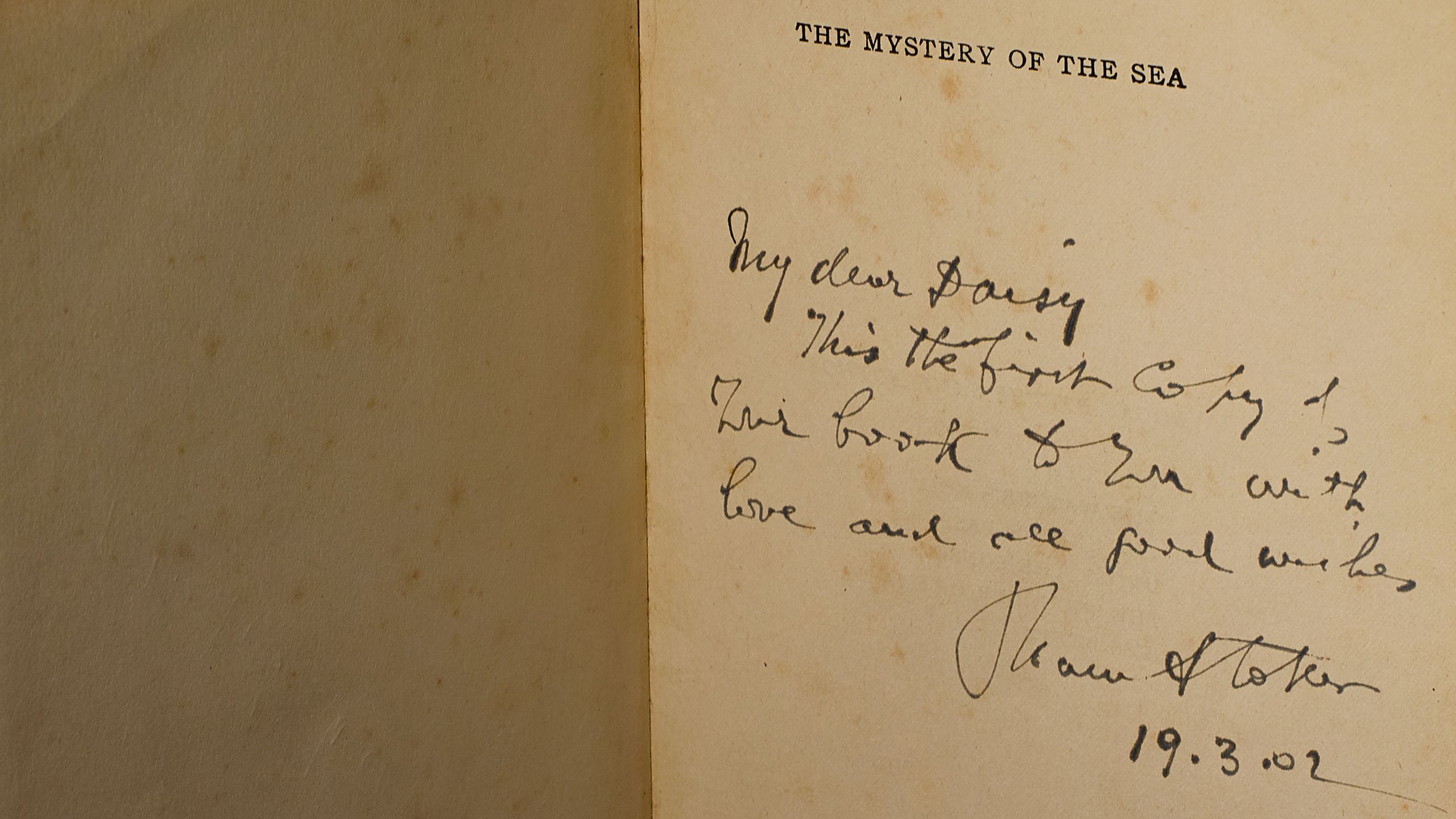
To learn more about Emory, please visit:
Emory News Center
Emory University


